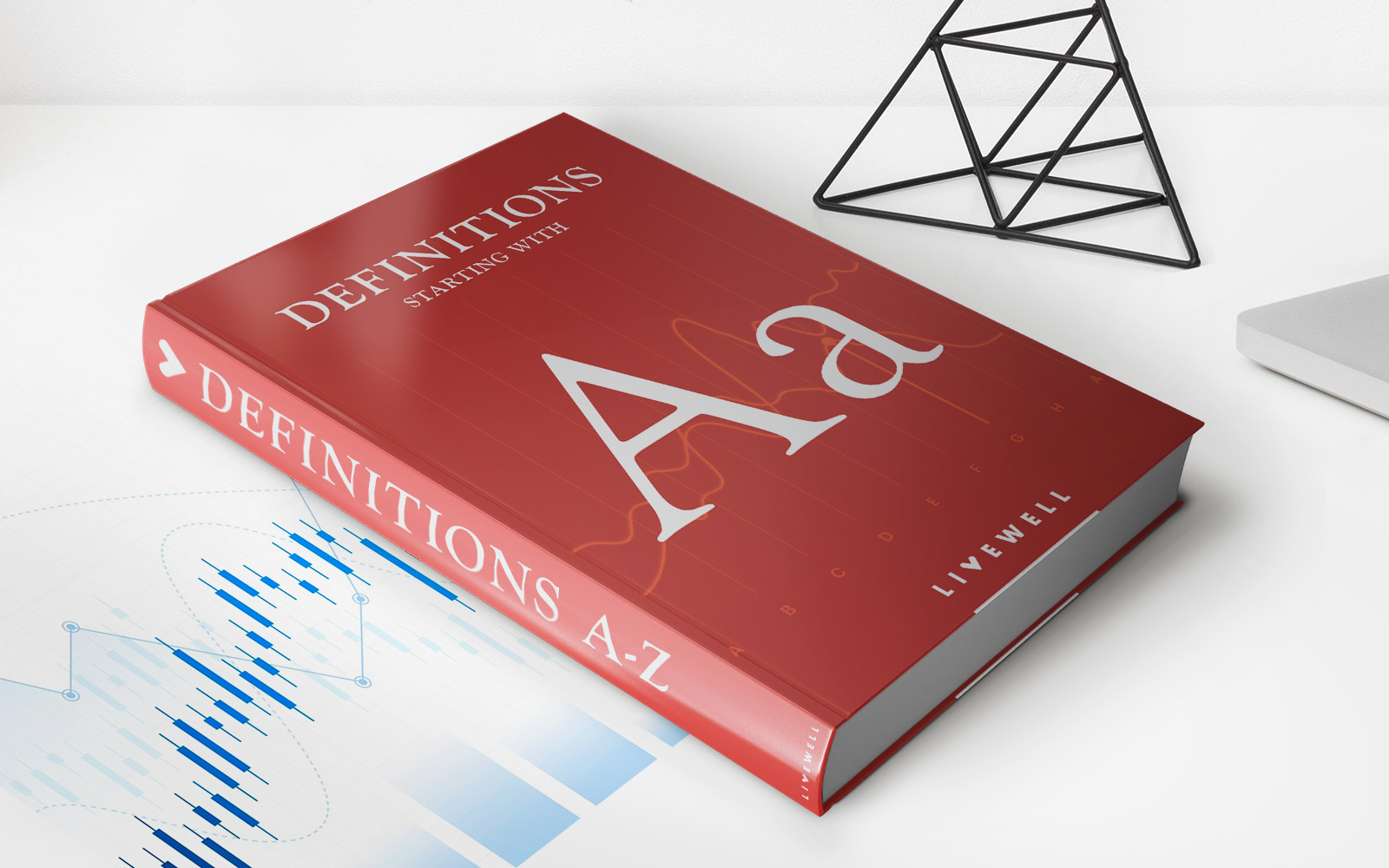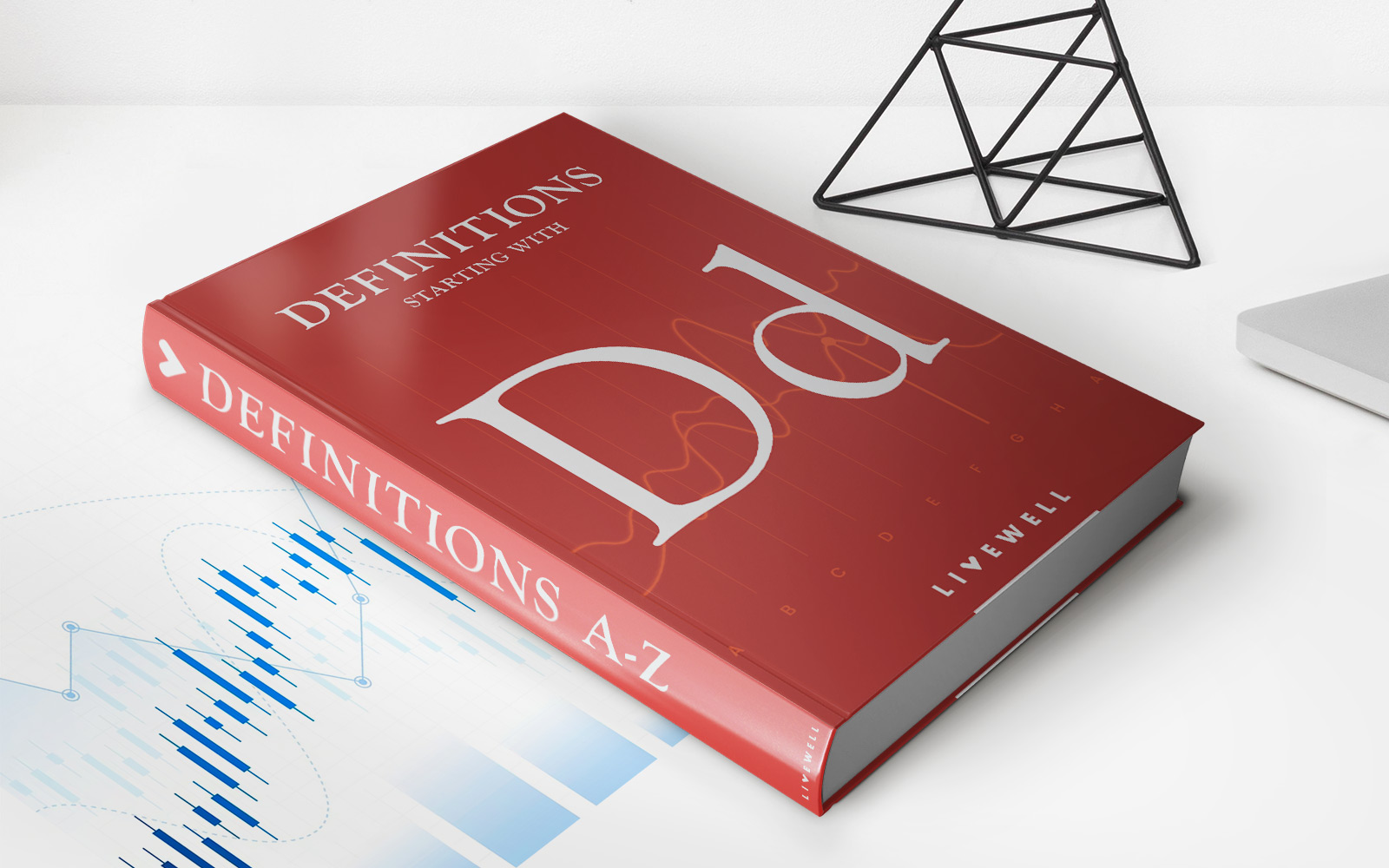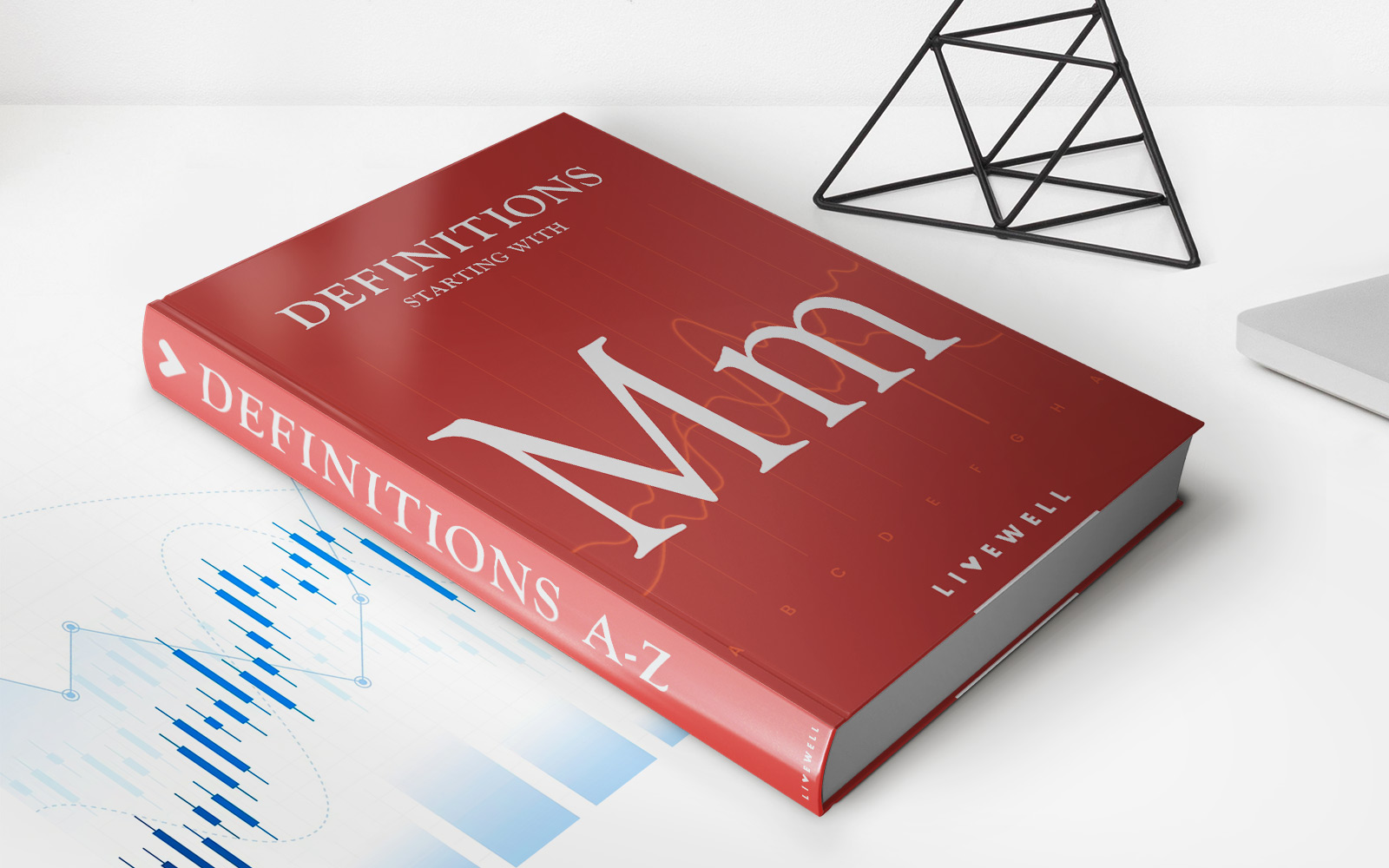Home>Finance>Understanding the Risk/Reward Ratio in Investing


Finance
Understanding the Risk/Reward Ratio in Investing
Published: February 15, 2024
Explore the risk/reward ratio in investing: Learn to calculate and leverage it for smarter, informed investment decisions. A key to balancing risk.
(Many of the links in this article redirect to a specific reviewed product. Your purchase of these products through affiliate links helps to generate commission for LiveWell, at no extra cost. Learn more)
Table of Contents
In the world of investing, two elements dance in a perpetual balance: risk and reward. Grasping this balance is crucial for anyone looking to navigate the financial markets with confidence and acuity. At the heart of this equilibrium lies the risk/reward ratio, a concept that serves as a beacon for informed investment decisions. This article embarks on a journey to demystify this pivotal concept, guiding you through its calculation and elucidating its paramount importance in the investment landscape.
The Essence of Risk and Reward
Before we delve into the nuances of the risk/reward ratio, it’s essential to lay the groundwork by understanding what is a financial risk. Financial risk encapsulates the possibility of losing financial capital, underscoring the inherent uncertainties in the investment world. It’s the shadow that follows every potential financial gain, reminding investors of the stakes involved.
The flip side of risk is reward, the sought-after return on investment that motivates individuals to venture into the financial markets. The interplay between these two forces forms the bedrock of investment strategies, shaping the contours of portfolios across the globe.
The Risk/Reward Ratio Unveiled
At its core, the risk/reward ratio is a metric that investors use to compare the expected returns of an investment to the amount of risk undertaken to capture these returns. This ratio is not merely a number but a prism through which investment opportunities can be evaluated and compared.
How to Calculate the Risk/Reward Ratio
Calculating the risk/reward ratio involves a straightforward formula:
Risk/Reward Ratio = Potential Loss/Potential Gain
To put this into perspective, consider an investment where you stand to lose $100 if things go south but could gain $300 if the investment prospers. The risk/reward ratio for this investment would be 1:3, indicating that for every dollar risked, three dollars could be gained.
The Importance of the Risk/Reward Ratio in Investment Decisions
The risk/reward ratio is more than just arithmetic; it’s a fundamental criterion for gauging whether an investment aligns with one’s risk tolerance and financial objectives. A favorable risk/reward ratio suggests a skewed balance towards potential gains, a beacon for investors seeking opportunities with a higher likelihood of profitable outcomes relative to the risk incurred.
Navigating Financial Risks with Precision
Understanding the risk/reward ratio is a vital component of financial risk assessment, a comprehensive evaluation of the potential risks associated with an investment. This assessment is not a mere guesswork but a structured approach to quantifying and managing financial risk.
Three Fundamental Components Of Risk Assessment
- Identification of Potential Risks: Recognizing the various forms of risk (market, credit, liquidity, etc.) that could impact an investment.
- Evaluation of Risk Magnitude: Estimating the severity and probability of potential losses.
- Strategy for Risk Mitigation: Developing approaches to minimize or manage identified risks.
The Role of Risk Analysis
Risk analysis delves deeper into the intricacies of financial risk, employing quantitative and qualitative methods to scrutinize and understand the dimensions of risk within an investment. This analysis provides a scaffold for applying the risk/reward ratio, enabling investors to make decisions not just based on potential returns, but with a comprehensive understanding of the risks involved.
The Strategic Significance of the Risk/Reward Ratio
Embracing the risk/reward ratio as a cornerstone of investment strategy fosters a disciplined approach to risk management. It encourages investors to set clear criteria for entry and exit points, ensuring that investments are made with a balanced perspective on potential outcomes.
Moreover, the risk/reward ratio serves as a linchpin for portfolio diversification, guiding the allocation of assets in a manner that optimizes the overall risk/reward profile. By selecting investments with varying risk/reward ratios, investors can construct a portfolio that reflects their risk tolerance while striving for maximum returns.
Nurturing Informed Investment Decisions
The journey through the financial markets is fraught with uncertainties, but armed with the knowledge of the risk/reward ratio, investors can navigate this terrain with greater confidence. This metric is not a silver bullet but a critical tool in the arsenal of informed decision-making. It enables investors to sift through the noise, identifying opportunities that offer a harmonious blend of risk and reward.
In conclusion, the risk/reward ratio is a lighthouse in the stormy seas of the investment world, guiding investors towards decisions that align with their financial goals and risk appetite. By integrating this ratio into their investment strategy, individuals can chart a course towards financial success, bolstered by the insights and foresight that come with understanding the delicate balance between risk and reward.













